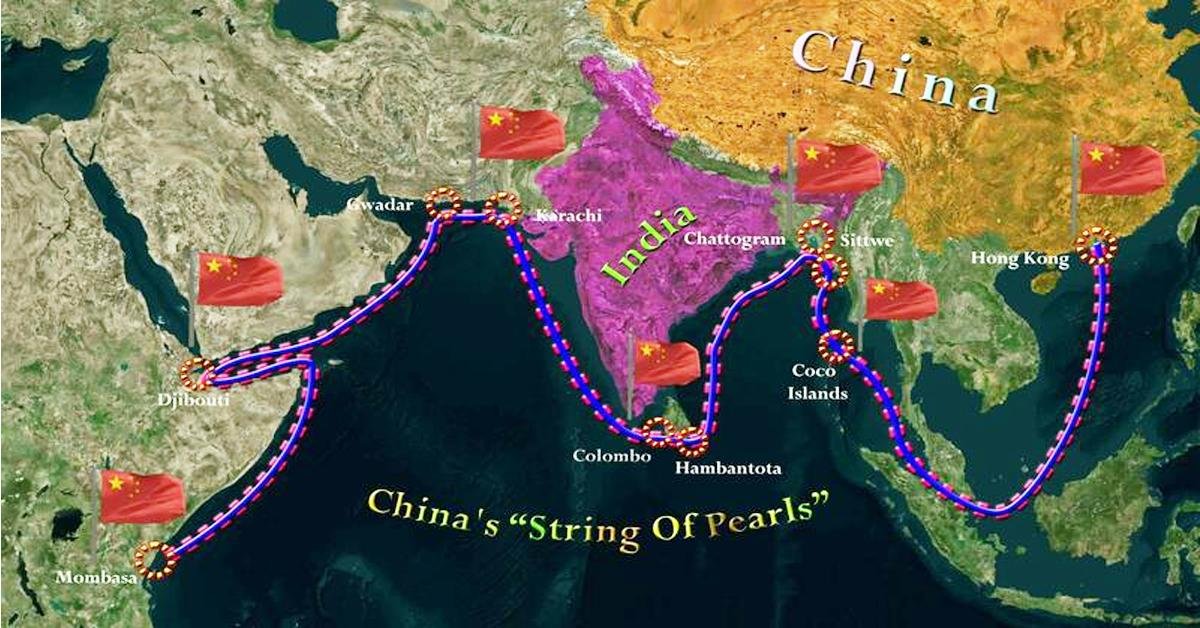Who is ahead in the battle for supremacy in the Indian Ocean? The string of pearls seen around India is called the Pursuit, a strategy of China to gain a foothold in the Indian Ocean. Under this, China is building port bases, airstrips, and bases for its ships at 9 points in the Indian Ocean. Recently, a Parliament Committee report has said that China’s growing steps in the Indian Ocean are a big challenge for India. However, India has also started doing the opposite. Today, in Monday’s story, we will know the whole story of the competition for dominance between India and China in the Indian Ocean. Why is this ocean, i.e., the Indian Ocean, important for India and China? The Indian Ocean, which is spread from Australia to Africa and from India to the Southern Ocean, controls 20% of the Earth’s water power. 7.06 crores ago, 33 countries and 57 islands are connected to this region. India is its center, and 80% of the world’s sea oil is supplied from here. The four most important sea choke points of the world are in this area, such as the Swasthya Canal, Bol Mandir State Hormone Strait, and Malacca Strait.
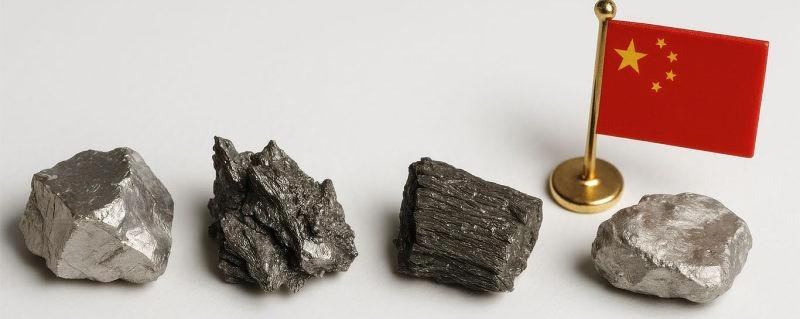
Understanding the Indian Ocean and trade According to senior journalist Peter Martin, if there is any obstruction in the Indian Ocean, then the trade of Europe, Middle East, Africa and Asia will be affected, that is, by establishing dominance in the Indian Ocean, the world can be influenced, such as Cambodia, Pakistan’s border port, Africa’s Djibouti base and Celsius’s Victoria Port, China is developing ports in these countries, bringing them on the list and increasing its level dominance. Apart from this, China has also built posts in Tanzania and Kanya on the South African coast, while China’s BA project connects Asia to Africa and Europe, through which China is making a strategy of highway India and a digital network, which is a big challenge for India’s security. But India has also made a Necklace of Diamonds strategy in response to China’s strategy, although the Indian government has no official strategy, but an informal framework. To respond to China’s siege, India has made access to ports like Changi Sawang, Assumption, and Dukan. From Iran’s Chabahar to Mongolia, Japan, and Vietnam, through strategic partners, India is balancing China through both land and sea routes. Apart from this, India is building Naval Base INS Varsha in the coastal village of Andhra Pradesh, which is a high-tech level base with safe underground launching for nuclear submarines. The submarine can target China’s Haran Naval Base by traveling 35 kilometers from INS Varsha. A long airstrip and a big ANT have been built, which will start in 2024. Through this, India can monitor the southern and western parts of the Indian Ocean. Another strategic point of India to counter China is the Andaman and Nicobar Islands. India has a Tre Service Command here, in which the Army, Air Force, and Navy are all deployed.
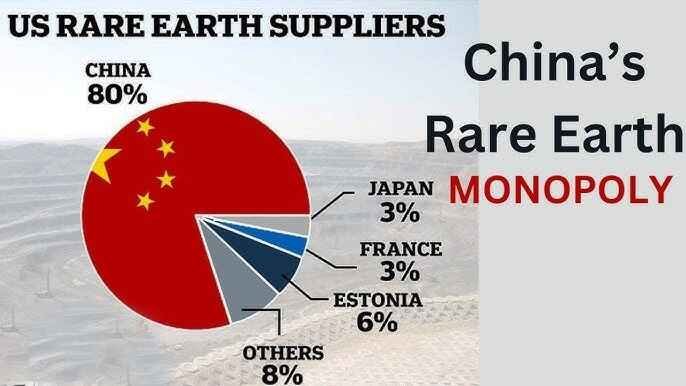
Through the Naval and Station INS Haran here, the Navy can keep an eye on the movement of China in the Gulf and the State of Bengal, and can also carry out operations if the opportunity arises, but in some cases, China is more powerful than India. According to the Global Fire Power Index, India’s level ranking is fourth, while China’s is second. Apart from this, the level of power in the world is P, which is the ability of the ship to push water. India’s tonnage is 5.9 to 28.5, which is 5 times more than India’s. By 2030, the Indian Navy is preparing to add 180 years to its plate, while China’s target is to prepare 435 years. However, apart from India, the navies of countries like America, Britain, and Australia are also present in the Indian Ocean, which are balancing China’s influence.
How is the situation in that area of China where Rare Earth Elements are excavated? |
China dominates the supply of rare earth elements used in products like smartphones and TV screens. But BBC’s investigation has revealed that China has had to pay a heavy price to dominate this market. BBC correspondent Laura Bicker reached two major mining zones of China, Inner Mongolia in the north and Jiangxi in the south, where water has become dirty and soil poisonous due to toxic mineral mining. China has a stranglehold on the supply of rare earth minerals used in products like smartphones and TV screens, but the BBC’s investigation has revealed that China has had to pay a heavy price for dominating this market.
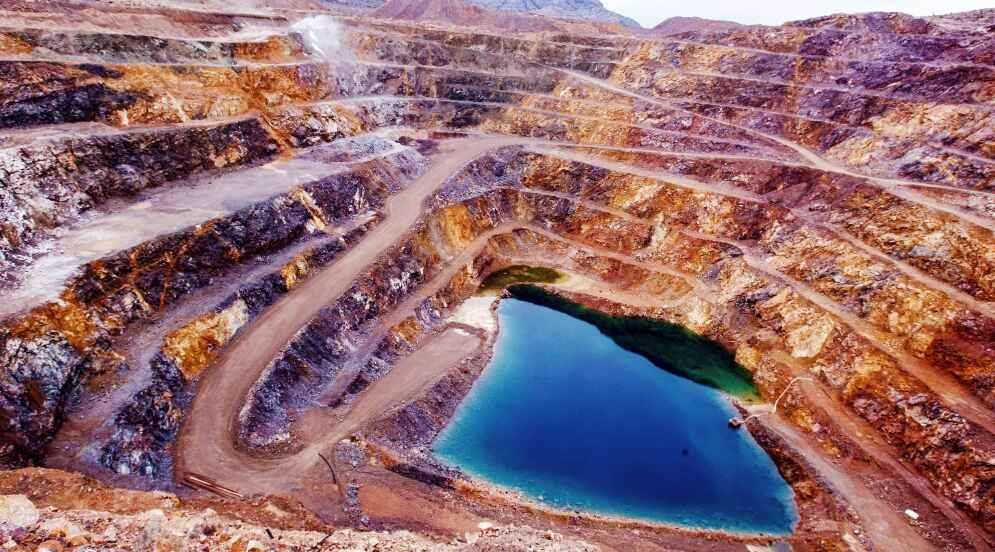
BBC correspondent Laura Bekar reached two big mining zones of China – Inner Mongolia in the north and Jianshi in the south. Where water has become dirty and soil poisonous due to toxic mineral mining. Here, the land has been dug for many years. Here, precious minerals are extracted by breaking the rocks, which is called a stronghold. Here, the world’s largest mine has been surrounded from all sides so that no one can go inside. Due to these mines, not only is the tension with America big, but it is also causing damage to the environment. Radioactive waste is put into big containers made here. After cancer and birth defects, people living nearby were removed from their homes. Whereas in the southern region of China, the mining sites are a little smaller. The toxic chemicals used to separate the metal are visible on every hill. The government is trying to reduce the damage. The mining company has been accused of land sliding and land grabbing. There is no direct solution. Someone or the other will be affected. Sadly, people like us are the most vulnerable. China not only mines rare earths but also processes 90% of the supply. Big shires have been built around this industry where thousands of people work. There are still some people here who are earning a little from farming. Earlier Mangali families used to live here. The elders died, and the youth went to the city in search of work. Rare earth companies bought our land, and we got the money. The world is dependent on China’s rare earth minerals, but the US and some countries want to reduce dependence on China. But it will not matter where the mining is taking place. Until lessons are learned, both land and lives will remain in danger.
Relations between India and China: Attempts to restart relations between India and China have been made, but numerous obstacles remain.
Ajit Doval, India’s National Security Advisor, and Rajnath Singh, the Defense Minister, made separate trips to China during the SCO meeting in June. The visit was seen as a break in the ice between the two countries. India and China seem to be working towards restoring their relations, but challenges remain.
How did China benefit between India and Pakistan? Why are questions being raised on the India-China agreement? What are the experts saying? What will China do if there is an India-Pakistan war? These are the headlines of some of the news that you may have read or seen in the context of India-China relations in the last few months, but after years of tension, both countries seem to be moving towards bringing their relations back on track. However, challenges remain. In June, India’s National Security Advisor Ajit Doval and Defense Minister Rajnath Singh also visited China separately during the Shanghai Cooperation Organization meeting. This visit was seen as a melting of ice in the bilateral relations, but let us repeat the above point once again. Challenges remain. The 3440 km long border is at the center of India-China tension
The border line is frequently tense because of the presence of rivers, lakes, and snow-capped mountains along this long border. As a result, soldiers frequently come face to face with one another and sometimes fight. This tension increased further in June 2020 when there was a violent clash between the two armies in the Galwan Valley of Ladakh. However, geopolitical conditions and ground realities have forced both countries to move towards mutual understanding on some issues. At the end of last year, a consensus was reached between the two countries on the main tension point in Ladakh. In January, India and China also decided that the restrictions on direct flights and visas imposed after the 2020 clashes would be normalized again. This month, Indian pilgrims were allowed to visit Kailash Mansarovar in Tibet after 6 years. But information is repeatedly put forward that cannot be denied, that is, the talk of challenges. India’s second-largest trading partner is China. Over $ 127 billion was traded between the two nations in the previous year. Therefore, maintaining peace in the border area is very important to improve economic relations.
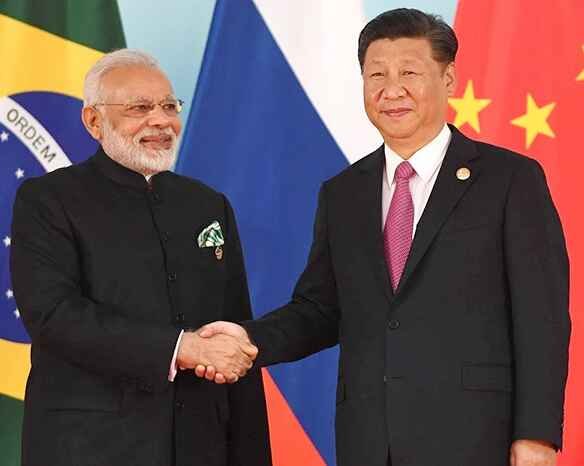
Keeping Taiwan in mind, China also now wants peace on the border with India, but at the strategic level, China fears that Western countries are using India to balance its growing influence. To balance India’s dependence on the US and its allies, China wants improvement in other issues besides the border dispute. China wants to increase exports and investment in India. Information says that rapidly changing Global politics have forced India to negotiate with China. Donald Trump becoming the President for the second time is an important factor in this. According to Professor Christopher Clary of the New York-based University of Illinois, India thought it would become a very close strategic partner of America, but it did not get the kind of support from America that it had expected. America and India are engaged in talks to reach a trade agreement. Trump has already threatened that if the agreement is not reached by August 1, then he will impose reciprocal tariffs on many countries, including India. Clary says that, seeing the statements of President Trump on India-Pakistan mediation and trade talks, India is thinking that the time has come to talk to countries like China. Strategic experts say that, seeing the attitude of the American President, India now has a message about how much America will support India in the event of any conflict with China in the future. India’s former senior political analyst,t Storey Vidhan, says that in recent years, China has also increased its influence in the group of emerging economies like the Shanghai Cooperation Organization and BRICS, so India is adopting a practical attitude. India is also closely watching how its long-time ally and major arms supplier, Russia, is tilting towards China due as the Ukraine war is making India wary of Russia’s role in any future conflict with China. At the same time, China, keen to increase trade, has shown no leniency in its other regional disputes with India.
China is building the largest dam in the world. Why is India and Bangladesh worried about it? Explained
China is building a dam in its country, which has increased tensions in India. It is being called the world’s largest hydropower dam, and in India, it is being called a ‘water bomb’. What is this ‘water bomb’, and what kind of concern is there in India and Bangladesh due to China’s dam?
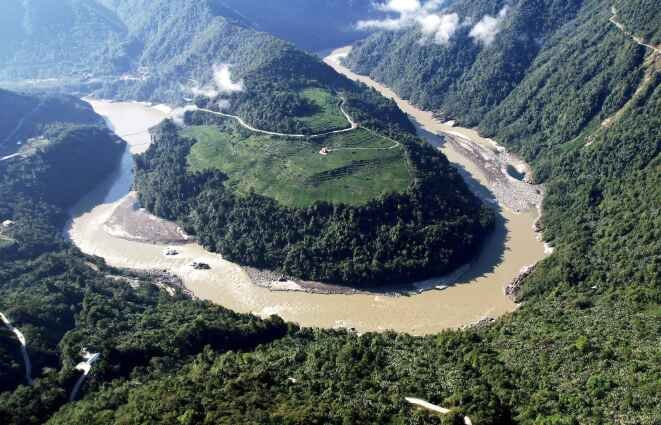
Water bomb: This weapon is not made in any factory, but when a country makes a dam on a river that flows on the border, then the other country can use this water bomb. Why is this happening suddenly? The reason is that China is making such a dam in its country, which has increased the tension with India. It is said to be the world’s largest hydro power dam, and India is demanding water bombs. This is the dam made on the Yarlong Shankhpas, a river flowing in China. This Yarlong Song river flows further and comes to India, then it becomes Brahmaputra, then it enters Bangladesh, where it is called Jamuna. Earlier, a big event was organized in China in which information related to the construction of this dam was given. Chinese Prime Minister Li Qing participated in this program, and he announced the start of the construction of this dam.
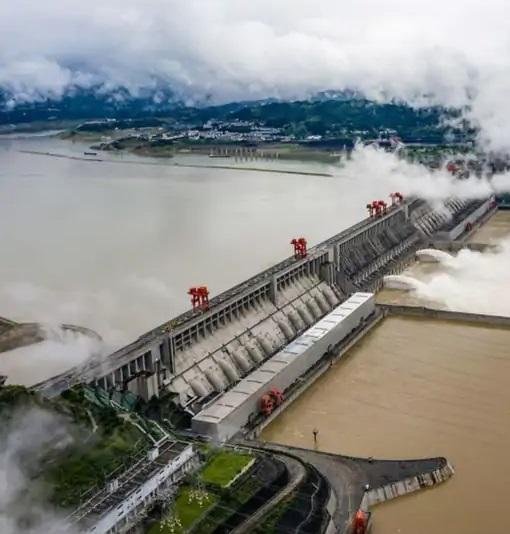
Along with this, it was also told that the work of this hydro power project is going on in the lower region of Tibet. The program in which the Chinese PM participated was organized in the Ningchi city of Tibet. It is worth noting that this new dam is close to the India-China border. How big is this hydro power project? Discussion of this project. The first time this happened during China’s 14th Five-Year Plan, Chinese President Xi Jinping had talked about building a mega dam during his Tibet visit in the year 2021. Now it has been told that this project will have five cascade hydro power stations. Cascade means when a large amount of water falls from a height. The total cost of this project in China is about 1. The largest hydro power dam in the world to date is also in China. It is a 3 gorgeous dam built on China’s longest river Yangji. Concern of India and Bangladesh. The China project is being seen as a concern not only in India but also in Bangladesh. India and Bangladesh are concerned that through this dam, China can divert the river’s water towards areas where there is water scarcity. Neeraj Singh Manhas, an expert on India-China relations and water security, says that China can use this water as a weapon. China can stop the water of this river and divert it towards the northern areas where the population is high. Due to this, there may be a problem of water shortage in India. There is also a concern that if China uses this dam during the monsoon season in India, then it can create water shortage in India. If more water is released, there can be floods in Indian areas. Similarly, more than 90% of Bangladesh’s water comes from across its border. In dry season, the Brahmaputra River alone brings up to 70% of the water. This clearly shows that the Brahmaputra is the lifeline for Bangladesh. At the time of increasing tension between two countries, how the flow of rivers and their blocking can be used, we recently saw this in India-Pakistan.
